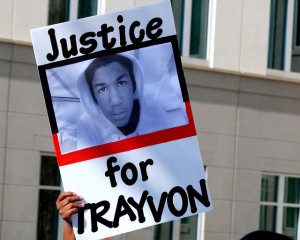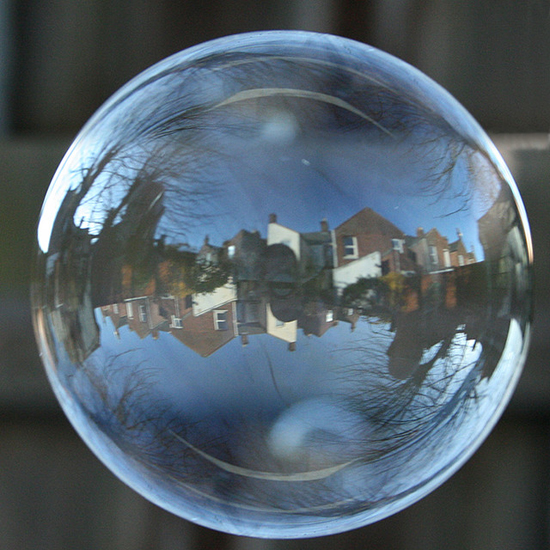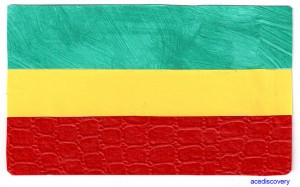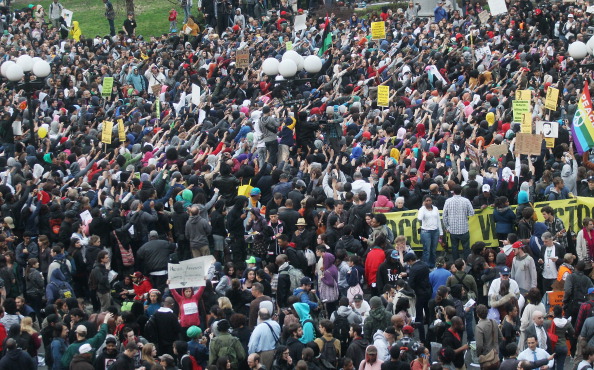
Mario Tama / Getty Images
Supporters of Trayvon Martin rally in Union Square during a "Million Hoodie March" in Manhattan on March 21
The case of Trayvon Martin, a black teenager shot and killed Feb. 26 by a Neighborhood Watch volunteer in Sanford, Fla., has captured the nation’s attention. The shooter, George Zimmerman, claims self-defense and hasn’t been charged with a crime.
“This guy looks like he’s up to no good, or on drugs or something,” Zimmerman told a 911 dispatcher, adding that Martin was wearing “a dark hoodie, like a gray hoodie.” Moments later, Zimmerman shot an unarmed Martin in the chest, and claimed it was in self-defense.
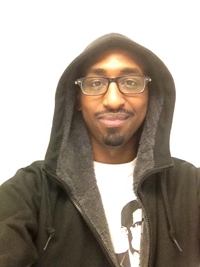
Daniel Maree, 24, started the Million Hoodies for Trayvon Martin rally and social media campaign.
Federal authorities said Monday that they would take over* join the investigation. The announcement came on the same day that Daniel Maree, a 24-year-old digital strategist in New York City, wrote a blog post and uploaded a YouTube video, pushing for Zimmerman to be charged. Maree asked people to post photos of themselves wearing hoodies with the hashtag #millionhoodies, sign a petition calling for Zimmerman’s prosecution and for New Yorkers to march on Union Square Wednesday. The Million Hoodies for Trayvon Martin movement is now spreading to other cities, including D.C. (Disclosure: Maree used to be my neighbor and we’ve hung out a few times).
The Martin case resonated with Maree on a number of levels. He grew up in South Africa where “as a black person you feel like you’re at home” since the country is majority-black, Maree said.
“When you come to the States, when I came, it was kind of surprising. You actually do feel like a minority, because you are one. That feeling is tangible,” Maree said. “And then to have situations like this, which happened to Trayvon Martin, it shows it’s not just a feeling that we’re imagining. It’s real.” Continue reading




